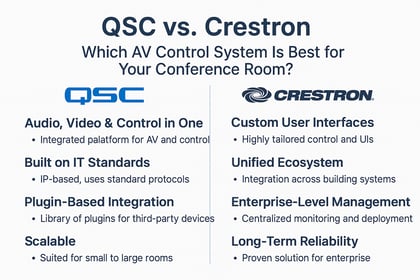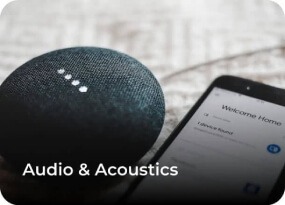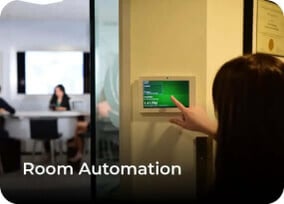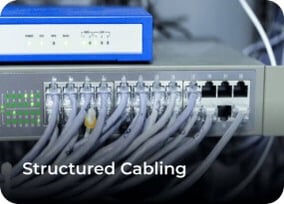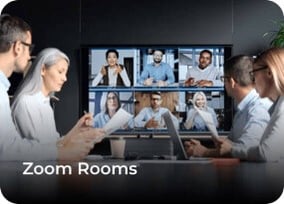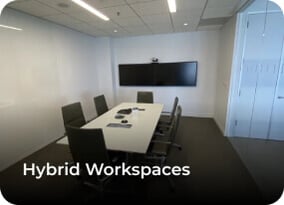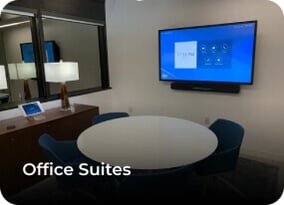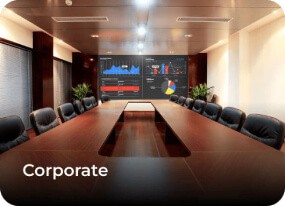
Technology and the organizations that embrace it have proven that productivity is achievable despite the challenges of the pandemic. Employees yearn for greater flexibility in how they work, collaborate and get things done. They also want to feel connected to each other and the organization they work for. Remote work has caused many employees to feel disconnected in exchange for the flexibility they’ve received in a remote-only environment. Companies have reported significant declines in effective communication and collaboration with remote-only work. Today, organizations want to ensure they enable the collaboration to push innovation and drive growth and attract and retain valuable employees.
Hybrid work is the path to accomplish this goal, but companies need the right technologies to achieve it. When people began to return to the office after working from home for more than a year, those who were still working remotely started to feel like outsiders looking in on meetings and discussions. The traditional hybrid meeting setup, where remote participants are on display and in-person attendees are together in a meeting space, poses problems on both sides. Remote participants are left out of side conversations. They may feel less inclined to speak up, and those who are in person have a more difficult time keeping up with and locating online resources that may be relevant for the meeting.
This coined a new term: collaboration equity — the ability for employees to equally contribute and be involved regardless of their physical location. With hybrid conferencing tools, it’s essential to aim for collaboration equity so that participants on all sides feel equally included. To achieve collaboration equity, correcting the technology may be the easiest part. Getting employees to accommodate people they’re not around and adapt to hybrid meetings is harder and definitely takes time and practice. It helps make people feel included and connected and listen to employee feedback on current hybrid meetings.
Every company is different in their environments, resources and cultures. There is no one-size-fits-all process to improve collaborative equity. Still, there are a few pieces of technology that can be helpful to consider, including conferencing cameras, video displays, virtual whiteboards and audio and acoustics. During this blog series, AV Planners will dive into the different pieces of technology that are important to creating collaboration equity.
Collaboration equity will enable the ability to create a separate stream for everyone’s face in the room to view facial expressions and reactions, the ability to track an active speaker with a combination of audio and video so they always know where to pay attention, and the ability to put a name to the face.
Improving collaboration equity is easier said than done. AV Planners can provide your company with the tools and expertise you need to successfully increase employee satisfaction on both sides of the hybrid workspace. Contact AV Planners to learn more about our services. Keep up with the latest news from AV Planners on Facebook, LinkedIn, Twitter and Instagram.


.jpg?width=614&height=280&name=Conference-Room_1280-1%20(1).jpg)
